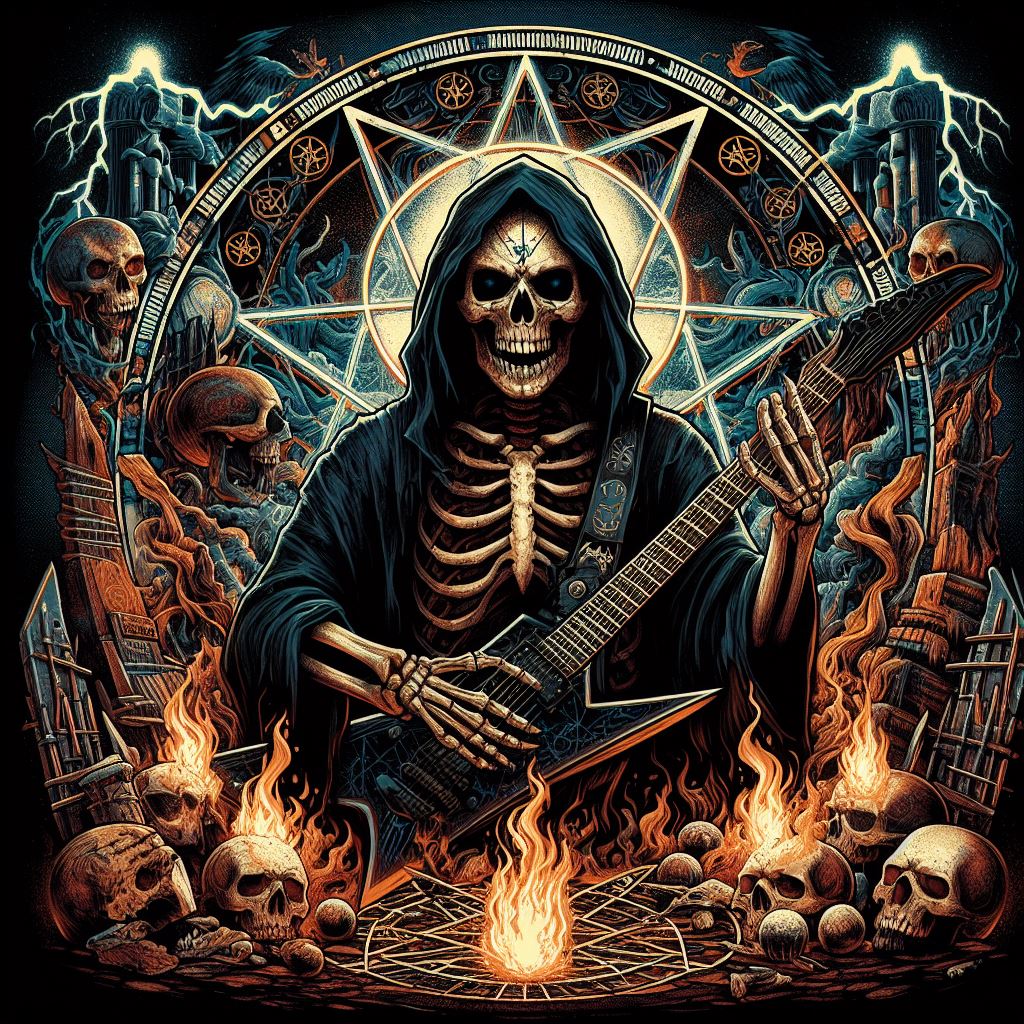Deep Purple, a name synonymous with riffs that ignite stadiums and vocals that soar, has carved a legendary path through the landscape of rock music. Their story, however, is not a straight line. It’s a winding journey filled with lineup changes, genre-bending explorations, and a sound that continues to inspire generations of musicians.
From Psychedelic Seeds to Hard Rock Titans (1968-1972)
Deep Purple sprouted in 1968, England. The brainchild of classically trained keyboardist Jon Lord and guitarist Ritchie Blackmore, the band initially leaned towards psychedelic and progressive rock. Their debut album, “Shades of Deep Purple,” even saw success with a cover of Joe South’s “Hush” in North America.
However, the true turning point came with the arrival of vocalist Ian Gillan and bassist Roger Glover in 1969. This “MkII” lineup, completed by drummer Ian Paice, is widely considered the band’s golden era. Their 1970 self-titled album, “Deep Purple in Rock,” marked a sonic shift. Tracks like “Speed King” and “Child in Time” showcased a heavier, more aggressive sound, laying the groundwork for what would become heavy metal.
Deep Purple continued to refine their hard rock approach with albums like “Machine Head” (1972), featuring the iconic riff of “Smoke on the Water,” and “Made in Japan” (1972), a live masterpiece showcasing their electrifying stage presence. Their relentless touring schedule even earned them a spot in the Guinness Book of World Records for being “the globe’s loudest band” at a 1972 concert.
MkII’s Demise and Beyond (1973-1975)
Despite their success, tensions mounted within MkII. Blackmore’s desire for a more fantastical musical direction clashed with Gillan and Glover’s preference for blues-rock. This creative friction led to the lineup’s first dissolution in 1973.
Deep Purple soldiered on with various vocalists and bassists, but none could recapture the magic of MkII. Albums like “Burn” (1974) with David Coverdale on vocals achieved some commercial success, but the band lacked the same creative spark. By 1975, Deep Purple had officially called it quits.
Reunions, Reformations, and Continued Relevance (1984-Present)
The story doesn’t end there. In 1984, a reformed MkII lineup, minus Blackmore, embarked on a successful reunion tour. Blackmore would eventually be replaced by guitarist Joe Satriani, and the band continued to release new music and tour throughout the late 80s and 90s.
Deep Purple’s legacy extends far beyond album sales and chart-topping hits. They are considered pioneers of heavy metal, influencing countless bands like Metallica and Guns N’ Roses. Their music continues to be celebrated, with new generations discovering the power of their riffs and the brilliance of their songwriting.
Even today, Deep Purple remains active. With Ian Paice, the sole remaining member from the original lineup, at the helm, they released their latest studio album, “=1,” in 2024. Deep Purple’s story is a testament to the enduring power of rock and roll, proving that even amidst lineup changes and genre explorations, true musical brilliance can stand the test of time.

Leave a Reply
You must be logged in to post a comment.